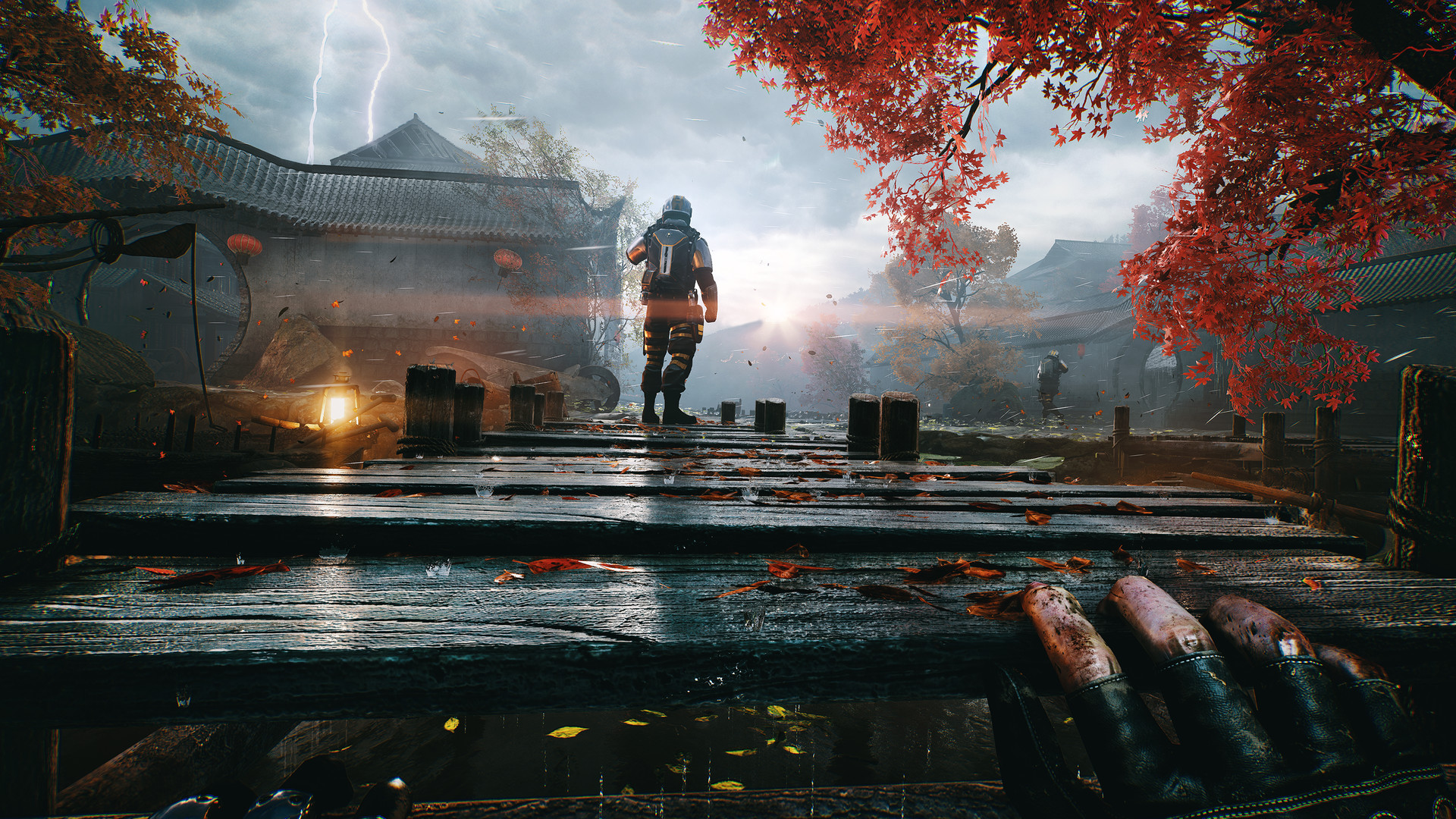

Game Bright Memory: Infinite
Developer FYQD Studio
Publisher AGM Playism
Platforms PC, Xbox One, Xbox Series X
Release 2020
Bright Memory: Infinite is the answer to a question that none of us ever thought to ask. Namely, what would happen if one developer took it upon themselves to find the convergence point between the acrobatic action of Devil May Cry and the scattershot shootouts of Bulletstorm? The result, it turns out, is damned impressive, a first-person shooter that looks truly triple-A in scope, but resoundingly independent in scale.
The evolution of Bright Memory can be separated into two halves. The first is Bright Memory 1.0 – or, "Episode One" as it was known in early 2019. Its creator and sole developer Zeng Xiancheng tells me that while critical reception to Episode One was positive following its initial release through Steam Early Access, he recognised that there was work to be done. As a result, he decided to overhaul development of his passion project entirely.
He quit his full-time job, shifted away from the episodic moniker, and elected to push a more ambitious version into full production in March 2019. "Bright Memory: Infinite will be the complete version of Bright Memory 1.0, and will feature much of the combo gameplay established in 1.0," Xiancheng explains. "After releasing the game’s demo version I decided to leave the company I was working for and began working on development full-time."
Infinite possibilities
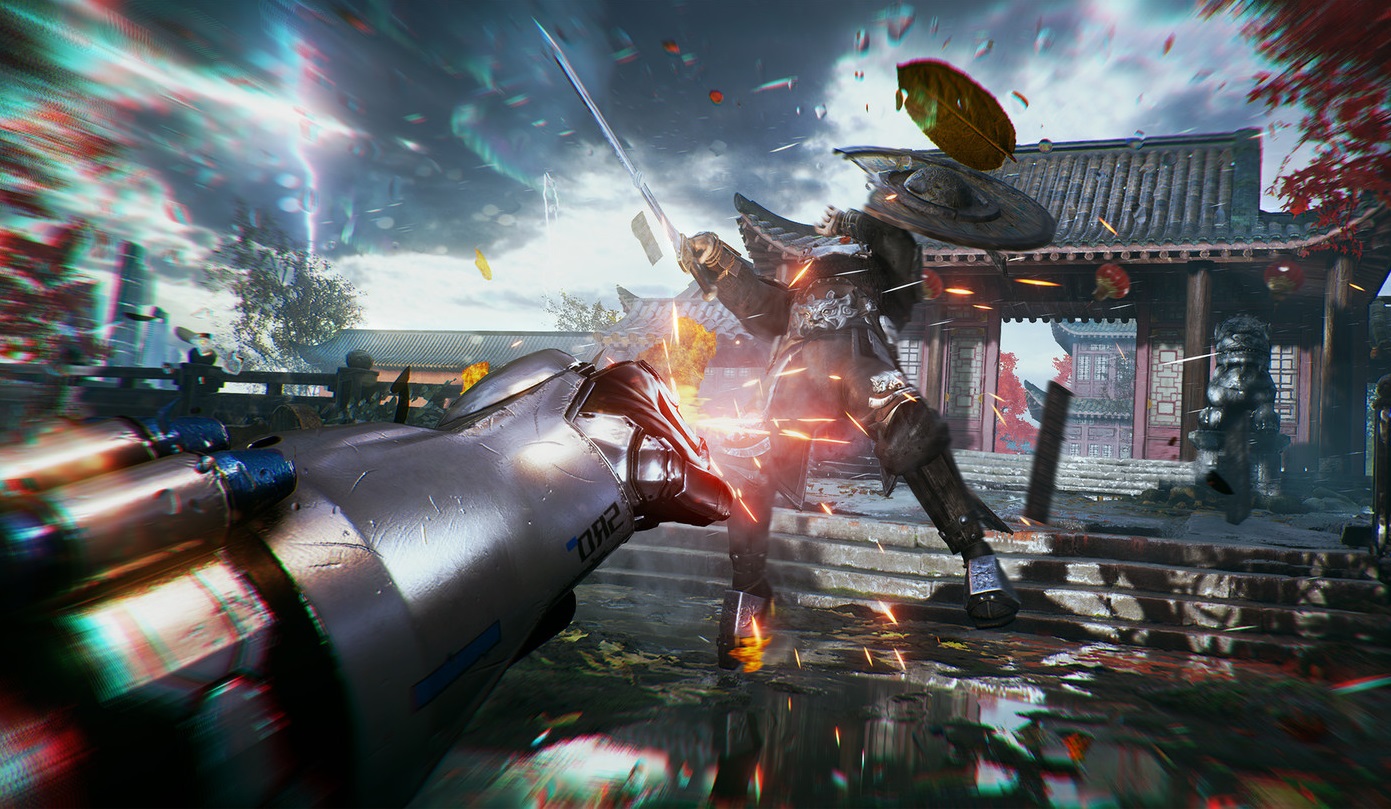
The life of a part-time developer is never easy. Xiancheng's fascination with the games industry began at age 15, as he entered a secondary vocational school and started work on his first free game – War Storm – learning the UDK game engine in his spare time. By the time he had graduated at 18, Xiancheng had made the transition into a gaming company in China, working on level design for first-person shooters and assisting his colleagues in other areas of design and marketing. It's here when the earliest iteration of Bright Memory was formed and, following the success of its initial release, it would soon be a project that he devoted his full time and attention to improving.
"Actual development on Bright Memory: Infinite development work really started up in November 2019. I hope to be able to finalize development within a year. Most of the code is complete, and most of the program functions in the game can use the code made for the previous version," Xiancheng tells me, explaining that the support system around Unreal Engine 4 and various other 3D software companies has helped him "save a lot of time on the most time-consuming parts of the art".
"In these current final stages, I need to focus on the level design and plot creation. This is indeed a challenge, but in the past several years I’ve been spending about ten hours a day on development and making 3D artwork, so I think I’ll be able to finish the game relatively soon."
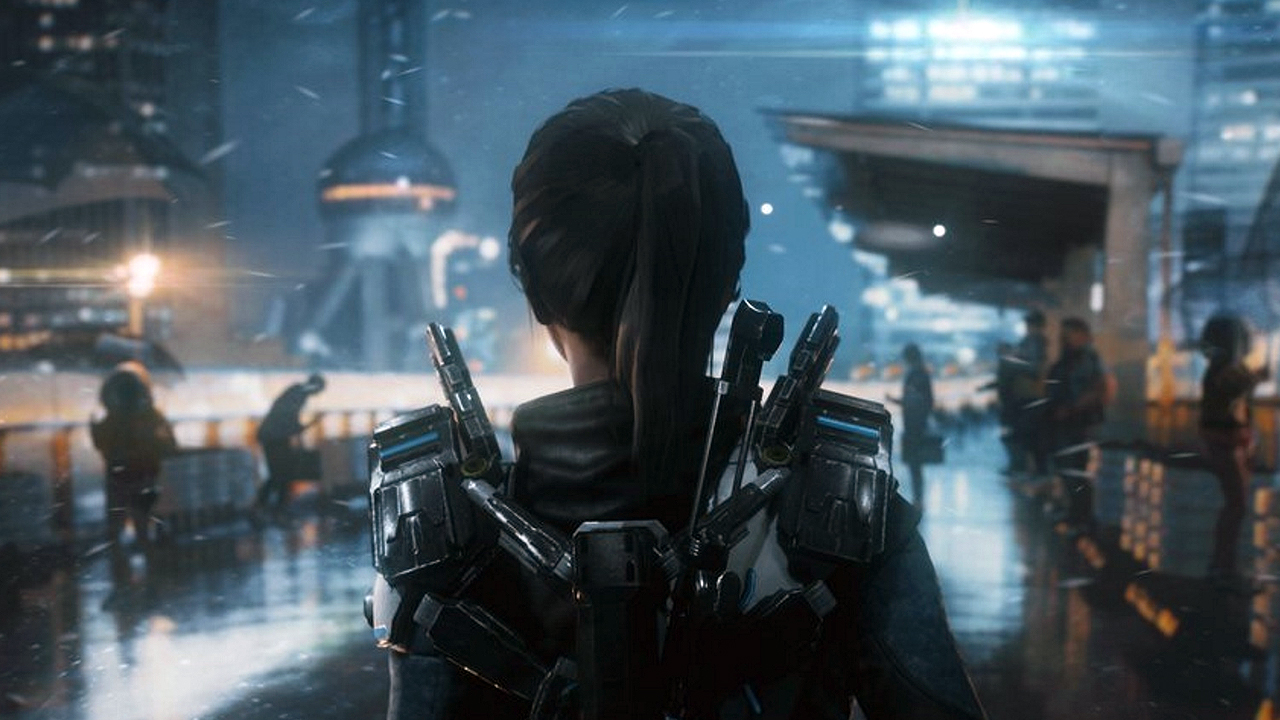
"There have been some major upgrades and changes between Bright Memory 1.0 and Bright Memory: Infinite"
Zeng Xiancheng
When it comes to plotting, Bright Memory: Infinite sounds like a series of high-concept science-fiction concepts stuffed into one package. Set in the year 2036, you'll be taking on the role of Shelia, a member of the Supernatural Science Research Organisation.
Weekly digests, tales from the communities you love, and more
With that as the backdrop, you'll quickly find yourself whipping through all manner of ridiculous situations, from navigating a spaceship that can travel through time, to exploring wormholes appearing on Earth, and, of course, battling ancient samurai that have been displaced from the past and pushed into the present. If it all sounds a little wild, well, that's because it is – although the story isn't the only area of the game that has been given a generous overhaul.
"There have been some major upgrades and changes between Bright Memory 1.0 and Bright Memory: Infinite," Xiancheng tells me. "Bright Memory: Infinite features newly overhauled environments and scenarios, as well as newly implemented improvements and optimizations in regard to level design, sound effects, music, character imagery, and more… I wanted to provide players with the best gaming experience possible."
Fast and furious
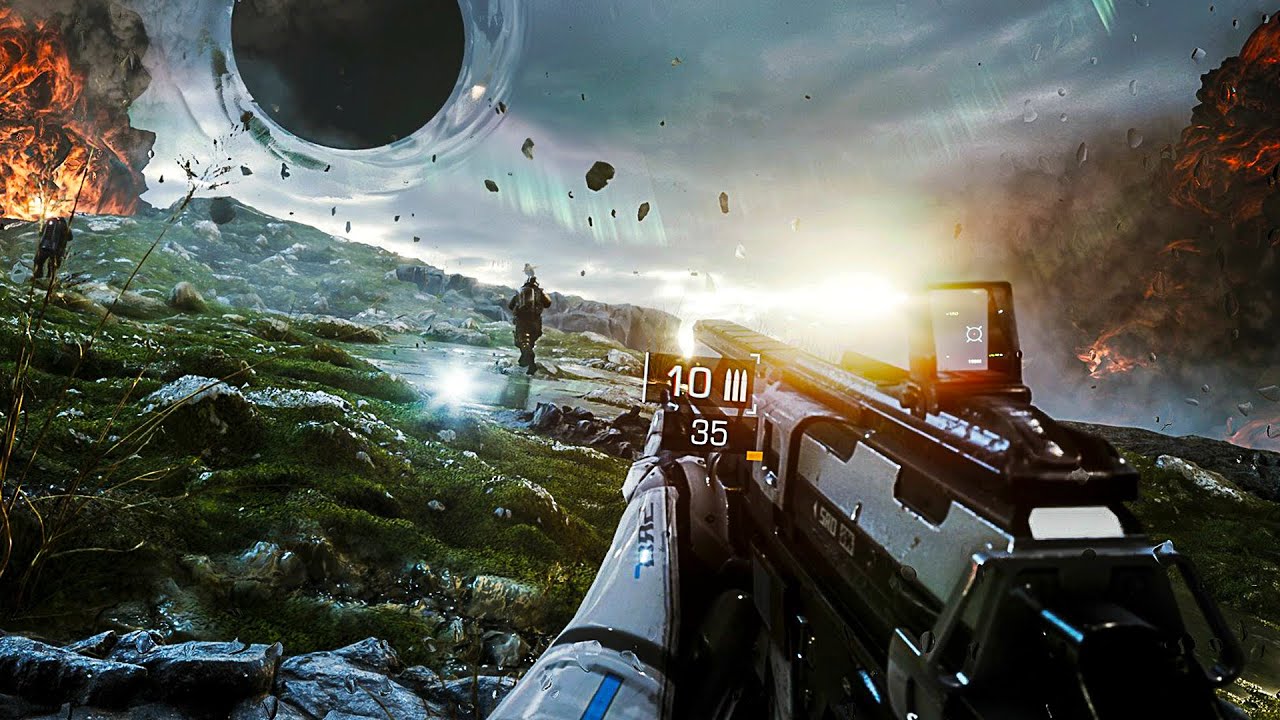
What should be of more interest here is Xiancheng's decision to focus on retooling the level design. Bright Memory 1.0 was largely linear – its action effectively contained to small arenas. For Bright Memory: Infinite, Xiancheng is pushing for a huge expansion of the combat spaces.
"Level design is no longer just simple linear terrain; the topography has much more variation and texture. In addition, the player is also able to climb over walls and such with a traction rope. I also redesigned all of the monsters as ancient warriors of China. Later in the game, you’ll see a slew of more interesting enemies, too. I really wanted to share some of the cooler parts of traditional Chinese culture with players all around the world."
This is all key, because it's the combat that really shines in Bright Memory: Infinite. The core cycle sees you frantically attempting to chain combos together as hordes of powerful enemies swarm your position. It all clicks into place when it's in your hands – a first-person Devil May Cry is an easy (albeit messy) comparison.
"The gameplay of Bright Memory: Infinite is the sort of FPS-action type game that you can run though at high speed and pull off flashy combos and stuff," says Xiancheng. "It features more and more hardcore enemies as you progress through the later stages. Players can use a sword to destroy enemy armor and then use guns to do real damage and take them down – different skills must be used against different enemies for the best results."


Between the chunky automatic weapons, a big sword that can shred armour and send enemies flying into the air, and an array of supernatural powers (there were seven in Bright Memory 1.0) that will help you crowd control, chain combos, and decimate foes, it's easy enough to get drawn into Bright Memory's action. Of course, the true appeal of Infinite will be in seeing how Xiancheng has been able to iterate upon his original ideas. Our most recent look at the game would suggest that he's on the right track, furthering the high-intensity action and score-chasing systems that is at the heart of the experience.
Of all the criticism that could be levied at Bright Memory 1.0, the biggest would be on performance. While it clearly looked like a game with considerable resources and personnel behind it, it could suffer from occasional hitches and lurches. Games like this live and die by their framerates, although Xiancheng assures me that performance is one area he has been largely focused on improving and optimising.
"Since Bright Memory 1.0 was a game I developed in my spare time long ago, in my opinion, the game as a whole left a lot to be desired performance-wise," he tells me. "I learned a lot about graphics performance in Bright Memory 1.0, and Bright Memory: Infinite will bring even more incredible visual effects, and at the same time I can guarantee that the amount of processing power needed to run the game is equivalent to Bright Memory 1.0."
In brightest day...
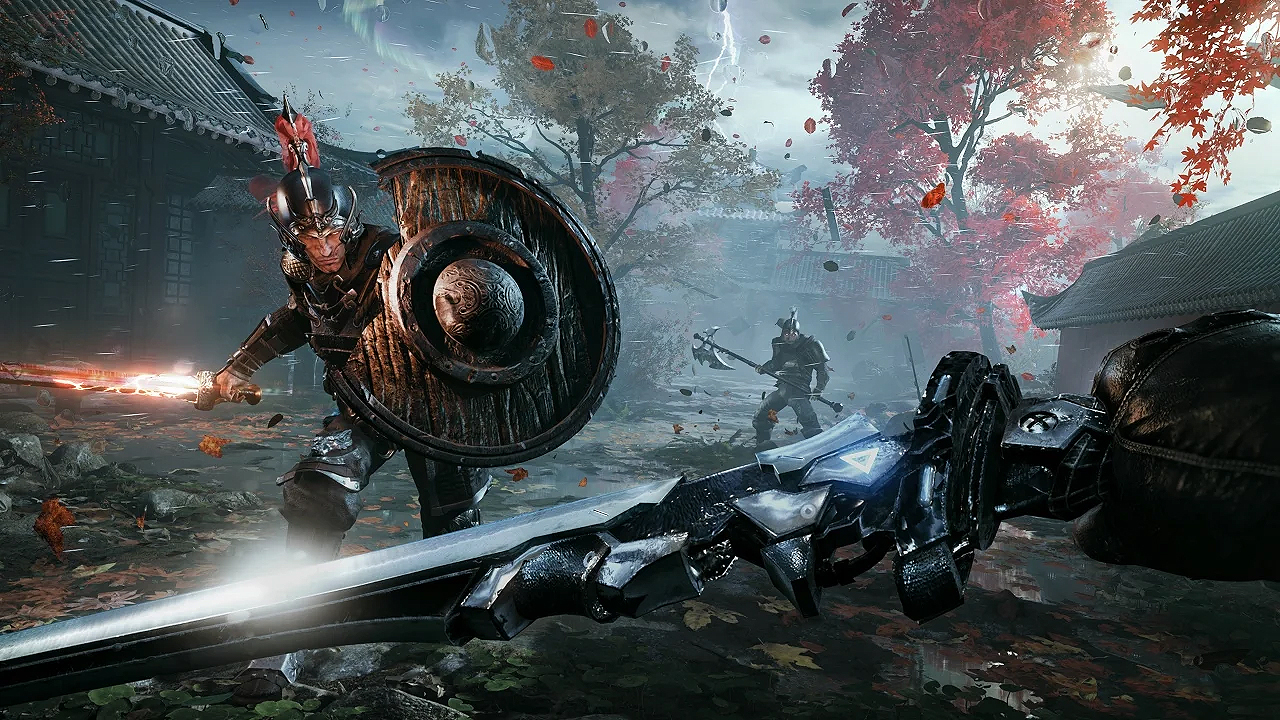
Xiancheng tells me he has been able to achieve such incredible results by leveraging his expertise with the Unreal Engine 4 and partnering software, such as the Quixel Megascans library – a tool designed to scan the world, transform each component into assets, and unlock triple-A level artistry for everybody that wants access to it. In fact, he believes it's tools like this that will allow indie developers to create truly next-generation games without breaking the bank.
"When using the Quixel Megascans material library, even small teams can now achieve high-quality graphics easily," he tells me, adding, "Quixel Megascans is awesome, and makes next-generation graphics possible today."
"The powerful graphics processing performance of the next generation will allow developers to show off more amazing graphics without having to worry about performance optimization. Optimizing is very tedious and difficult, especially for indie game developers," he tells me, detailing one of the features of the Xbox Series X that has him truly excited. "DirectX Raytracing (DXR) lets players enjoy cinema-level, realistic raytracing in games, which is so cool."
For more on GamesRadar+, check out the biggest upcoming games of 2020 still on the way, or watch our latest episode of Trending Topics below.

Josh West is the Editor-in-Chief of GamesRadar+. He has over 15 years experience in online and print journalism, and holds a BA (Hons) in Journalism and Feature Writing. Prior to starting his current position, Josh has served as GR+'s Features Editor and Deputy Editor of games™ magazine, and has freelanced for numerous publications including 3D Artist, Edge magazine, iCreate, Metal Hammer, Play, Retro Gamer, and SFX. Additionally, he has appeared on the BBC and ITV to provide expert comment, written for Scholastic books, edited a book for Hachette, and worked as the Assistant Producer of the Future Games Show. In his spare time, Josh likes to play bass guitar and video games. Years ago, he was in a few movies and TV shows that you've definitely seen but will never be able to spot him in.


